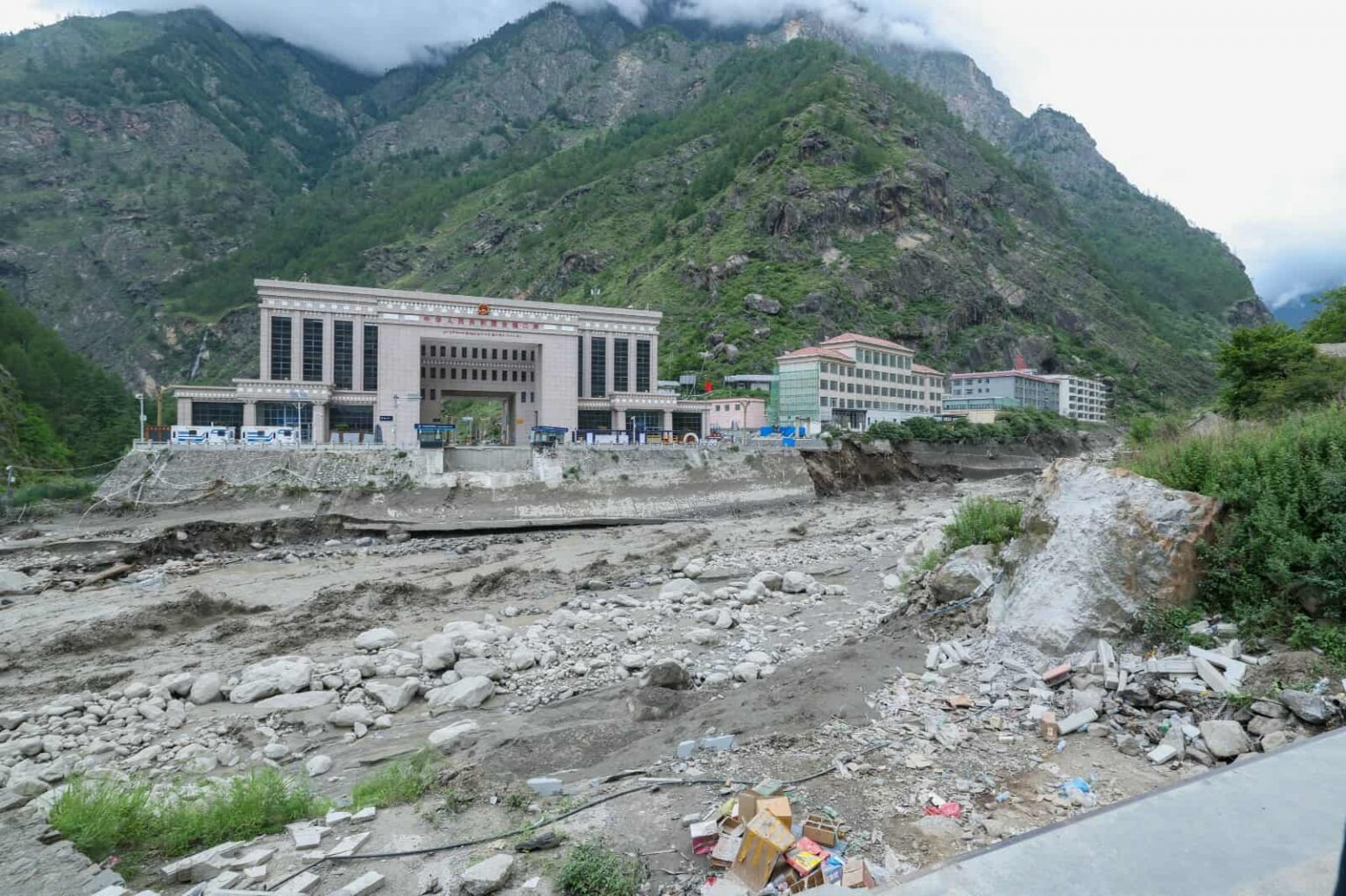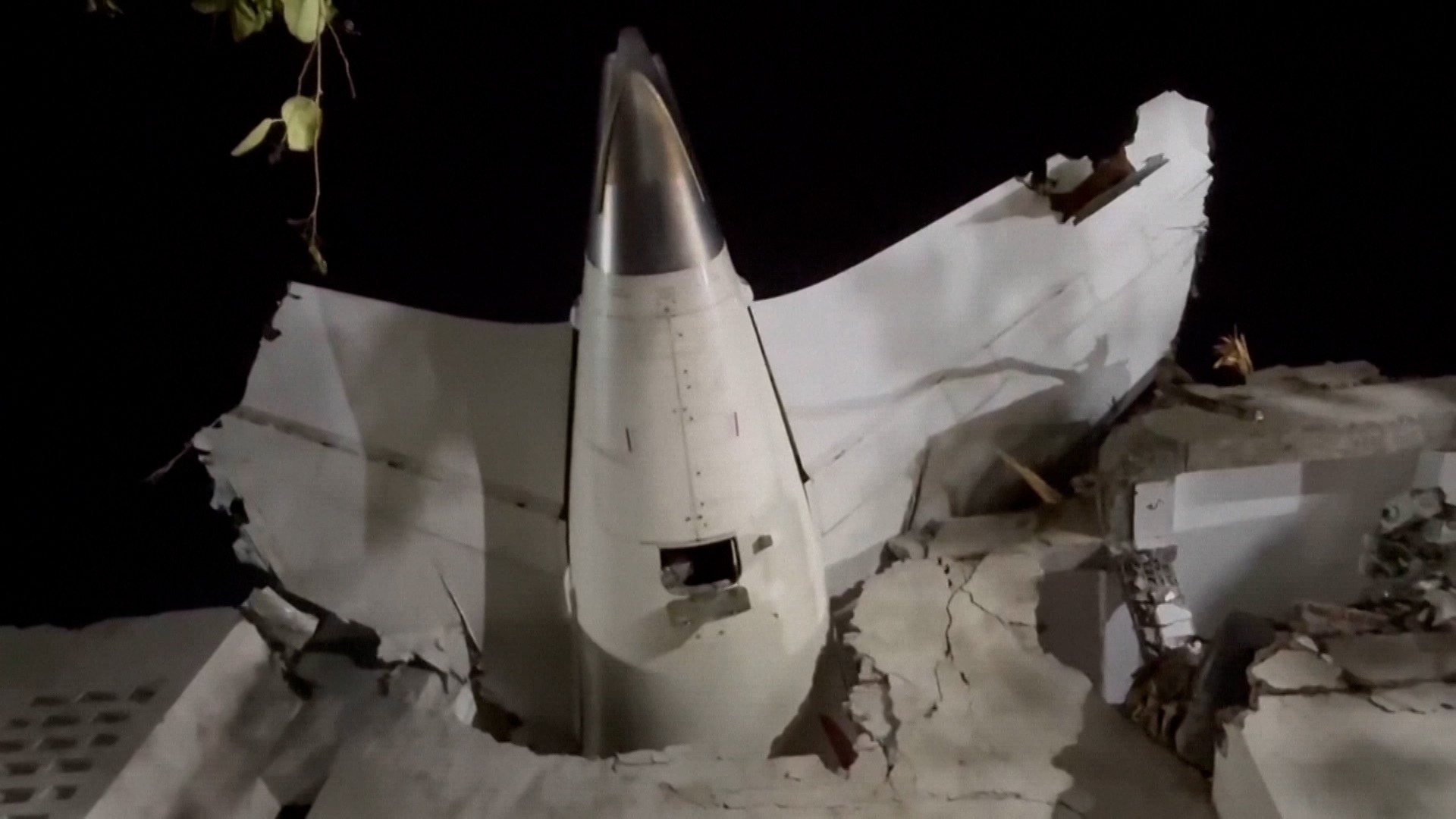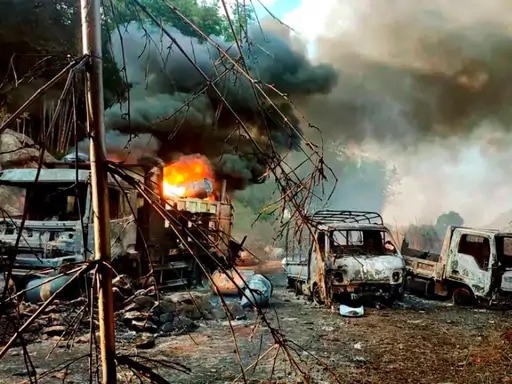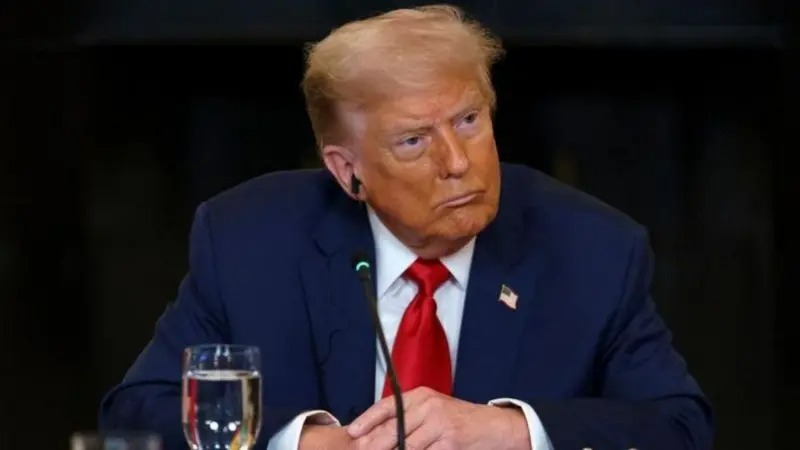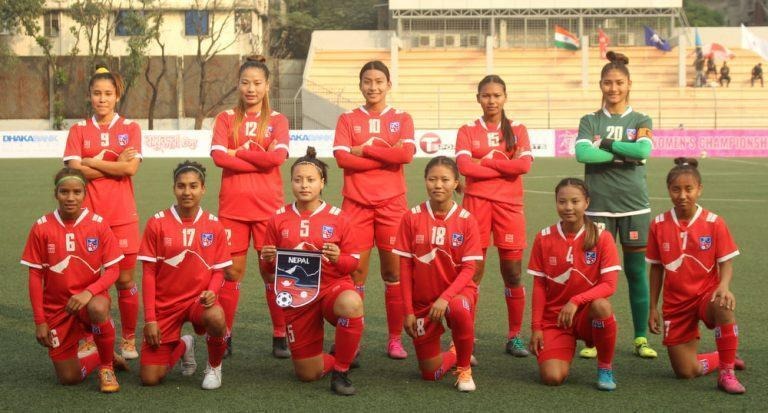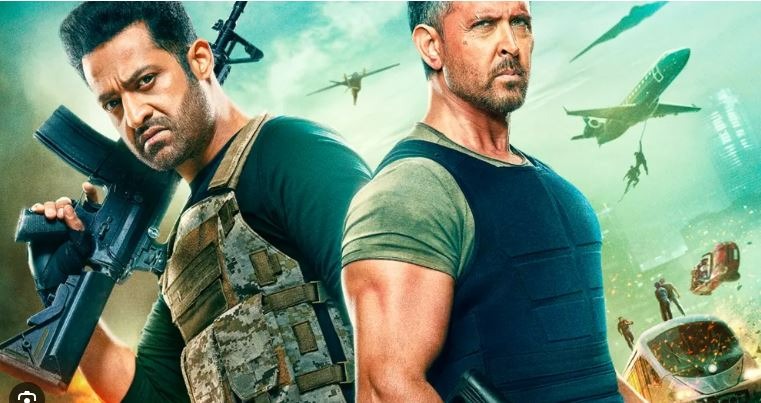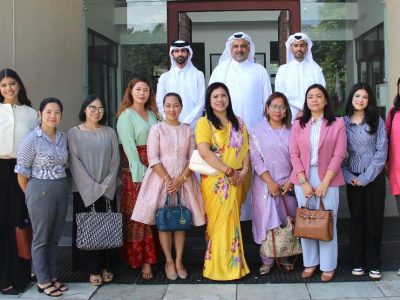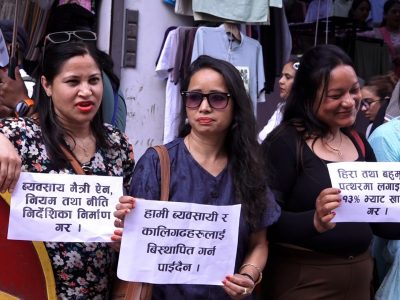Paradise on Earth: The uncertain fate of Kashmir

Image Credit: Pixabay.
Kathmandu. A territory that serves as a reminder of colonialism in the sub-Indian continent is Kashmir. With scenic locations and a unique culture, the picturesque Kashmir has been the destination for artists to delve deep into their creative moods and for people to simply experience the fresh mountain air and relax in the cool weather near the banks of Jhelum.
The British Indian novelist, Sir Ahmed Salman Rushdie as he explored his ancestry that originated from Kashmir, in an interview claimed that, “I’ve never seen anywhere in the world as beautiful as Kashmir. It has something to do with the fact that the valley is very small and the mountains are very big, so you have this miniature countryside surrounded by the Himalayas, and it’s just spectacular. And it’s true, the people are very beautiful too. Kashmir is quite prosperous. The soil is very rich, so the crops are plentiful. It’s lush, not like much of India, in which there’s great scarcity. But of course, all that’s gone now, and there is great hardship.”
Much of the conflict that Kashmir faces today is not because states appreciate the unparalleled beauty of the landscape. As India and Pakistan both occupy certain portions of the land, whilst claiming the whole of it, Kashmir carries strategic worth for the national security and interests of both the states.
The tragedy that follows the beauty
Jalaluddin Muhammad Akbar conquered Kashmir and pulled it into the Mughal fold in the 16th century, and his son Nuruddin Muhammad Jahangir called it a “a piece of Paradise.” Since then, the reigns that have controlled the governance of the territory has changed hands throughout the years.
When the British controlled much of the economic and political affairs in India from the 17th to 20th century, they had created separate electorates for Muslims, pushing them into a minority grouping. However, it would be a common fallacy to attribute the Hindu-Muslim divide solely to the British Rule. The recollections of differences stems from two major point of views. One that streams along the plight of the Kashmiri Pandits who speak about forceful conversions and suppression of the Hindu groups during the Afghan rule in the 18th and 19th century, and the other emerges from the majority Kashmir Muslims who faced immense discrimination during the rule of the Dogra Maharajas, who took up the throne in the 19th century.
The culmination of these sentiments could be witnessed in the bloody religious riots that persisted during the partition. It led the Indian Congress leaders and the British to consider separating the massive bulk of states and territories that the British had brought under its rule, on the basis of religion. The Pakistani government largely sought to see Kashmir, a Muslim-majority region that was administered by a Hindu King, as a part of the new nation. But its King had a different vision. Now it becomes significant to put forth the man who was in the eye of the storm before focusing on the actual dispute.
During the early stages of the partition, both India and Pakistan tried to draw Kashmir in its maps. The last Dogra King, Maharaja Hari Singh, had signed the Instrument of Ascension to India in 1947, which brought Kashmir under Indian jurisdiction. His signature on the document was a desperate bid to retain a level of autonomy in his territory and drive back the tribesmen who were pouring in from Pakistan, as can be seen in the appointment of the highly popular Sheikh Abdullah, as the Emergency Administrator.
As soon as the Instrument came into force and India assumed and confirmed its absolute sovereignty over the territory, Pakistan responded with utter disdain. It can be considered as the first page of a new history of bitter conflict and mistrust between India and Pakistan. The tug of war has drenched the place and its people in a vicious cycle of continued violence and unrest. Three wars, endless hostilities and the want to see the entirety of Kashmir as a part of the respective territories has led the Valley to be one of the most conflict-prone areas in the world.
The strategic significance of Kashmir: Bloody conflict between India and Pakistan
One would have to wonder that beyond the hurt pride and exalted morals, what reasons India and Pakistan actually have to struggle for decades on end in order to gain an absolute control over Kashmir. The very first war, also referred to as the First Kashmir War was fought between India and Pakistan from 1947 to 1948. When the Instrument of Accession was signed Indian troops landed in Kashmir and pushed back the Pashtun tribesmen up to Uri, leading to the Partition of Kashmir, as Pakistan still controls the northernmost regions and India administers the rest.
In 1948 the United Nations Security Council (UNSC) resolution 39, established the United Nations Commission for India and Pakistan (UNCIP) that mediated a ceasefire between the states. The Line of Control (LoC) separated the state militaries in 1949 and since then several violations of the ceasefire have occurred. The second war was fought in 1965, when Operation Gibraltar was launched on August 5. It concluded a failed invasion by groups originating from Pakistan whose apparent motive was to annex Jammu and Kashmir to the state. The conclusion of the war only achieved the re-establishment of the status quo instituted post 1949.
After a brief skirmish in the seventies that was an offshoot of tensions spilling from the separation of Bangladesh and Pakistan, the third major war between the states occurred in 1999, in Kargil. The Kargil war that spanned for almost three months recorded hundreds of casualties on both sides, and ended with the Indian forces driving back the Pakistani Army to the other side of the LoC.
Kashmir, needless to mention, carries an intrinsic value that is vested in the national security interests of both the states. It serves as a geographic barrier for military invasions. A very traditional view that looks at the geopolitics of the region would note that the borders of the region reaches up to Central Asia, the Xinjian Autonomous Region and Afghanistan. The China Pakistan Economic Corridor (CPEC) also goes through vital passes in the disputed area and is integral to the belt and road initiative aspirations of the countries. So far the China-India conflict has been building at the Line of Actual Control (LAC) and China has made its position clear on the issue that it does not recognize the legality of the Union Territory of Jammu and Kashmir owing to its 1959 claim.
Beijing has always been inclined towards Islamabad as it has supported the latter on various international platforms including the UNSC. In its response, India has continued to assert that it considers the CPEC corridor to be illegal as it infringes upon the “territory of India that has been illegally occupied by Pakistan.” It has also declared that it does not perceive China’s 1959 claim on the aforementioned issue to be of any worth.
Shawn Snow, a veteran of the U.S. Marine Corps, moreover, ascertained the importance of “the glaciers and fresh water they provide to the region and to India.” The water sources provide electricity to billions in India and support the agricultural plains in Pakistan. With resource scarcity afflicting the states, and the melting glacier caps owed to the effects of anthropogenic climate change, securing the rich resources of Kashmir could be a lifeline for many regions in both the countries. The World Bank in 1960 brokered a deal between the nations with the Indus Waters Treaty (IWT) that gave Pakistan control over the fresh waters originating from the western glaciers while India had full authority over the eastern water sources. There have, however, been numerous disputes regarding the hydroelectric power plants construction projects taken up by India.
Another thing that needs to be comprehended when studying Kashmir is the gradual formation and presence of the non-state actors who have their own belief systems about the origins and eventual fate of Kashmir. The militant groups, that often posit contradictory opinions on the origins, and the debates concerning jurisdiction, add a new dimension to the consideration of the non-state actors active in the field. Kashmiri nationalists and secessionists have put an additional strain the Indo-Pak relations. Amongst the actors who have been globally condemned for activities that induce terror, there are names like Lashkar-e-Taiba, which has been held directly responsible for the 2008 Mumbai terror attacks, that in turn led New Delhi to further tighten its hold in Kashmir.
Present Day Status
The Pulwama attacks of February 14, 2019 conducted by Jaish-e-Mohammed (JeM) has contributed to the heightened tensions between India and Pakistan, and has further plunged Kashmir into uncertainty. The United States of America and India proceeded to directly slam Pakistan for the attack, while Pakistan’s Prime Minister Imran Khan denied his nation’s involvement and warned that, “If you think that you will launch any kind of attack on Pakistan, Pakistan will not just think about retaliation, Pakistan will retaliate.”
Beyond the politics, the military strategies and the motivations of the militants are the people of Kashmir. Kashmir is turbulent and rife with tensions that spells unpredictability for the entirety of the interdependent South Asian region and its people. The conflict is between the only two nuclear powers in the region, and it becomes a matter of collective concern when these conflicts deter effective coordination and cooperation. An example of this can be the recent South Asian Association for Regional Cooperation (SAARC) coronavirus meeting where Pakistan raised the issue of the lockdown in Kashmir based on the grounds of humanitarian concern, and India called it a “churlish” move aimed at scoring political gains for Islamabad.
The matter was again reiterated at the UN General Assembly in September when Pakistan’s Prime Minister, Imran Khan accused India of sponsoring Islamophobia and slammed the government for revoking article 370, that turned the region from a state to a Union Territory, with its own legislature. It prompted the Indian representative at the UNGA to walk out of the meeting. India on this subject has long since been indignant at Pakistan’s interference in its sovereign affairs and has stated that Pakistan trains rebels and heavily arms them, with the motivation to obtain independence from India.
Global human rights institutions, states and several watchdogs have mounting concerns over the status of the valley. In 1995 Amnesty International produced a detailed report of the enforced disappearances, and extrajudicial executions that had led a judge in the Jammu and Kashmir High Court to declare that the rule of law no longer exists in the territory.
When the Modi administration revoked article 370, it reasoned that it was done to ensure that Jammu and Kashmir was in pace with the rest of the Indian territories and states, so that the valley was properly integrated within the country. The Jammu and Kashmir Reorganisation Act, adopted by the Parliament in 2019 led the center to have a greater role in the affairs of the valley, following which there was a massive crackdown in the area. The government has been accused of detaining several nationalists, politicians and academics who were active critics of the state. A lockdown that was imposed following the Act placed the valley in a communication blackout.
On the Pakistani side, there have been similar accounts of human rights violations. The Human Rights Watch report of 2019, recorded the restriction of free press, enforced disappearances, discrimination against minorities, and the detention of political opponents, done by “misusing” the anti-terrorism laws. It has led the High Commissioner of Human Rights Michelle Bachelet, to urge that governments on both sides of the LoC remain aware and respect the human rights of its people.
In 2020 yet again Bachelet listed the reports of gross human rights violations that put both countries in the spotlight. For India, she highlighted the issues of the aggression of state military and police against the civilians, as well as the limitations on the freedom of speech, and as for Pakistan, she expressed concern on the limited access of internet along with restrictions of freedoms that has impacted the development of the people.
The Kashmiris have been stuck in a limbo ever since 1947. They have suffered through various tribulations that has turned the once serene state into an active ground for warfare. There are multiple interests at play here and unfortunately the wellbeing and individual freedoms of the Kashmiri people seems to fall very low on the list for many. These interests, however, have come at the price of the human development and security of the people of Kashmir.
Facebook Comment
latest Video
Trending News
- This Week
- This Month


